|
Samyang AF 24-70mm f/2.8 FE - Review / Test Report |
|
Lens Reviews -
Sony Alpha (Full Format)
|
Review by Klaus Schroiff, published September 2023

Introduction
Samyang has been a lens manufacturer for quite a while but only recently released their first zoom lens - the Samyang AF 24-70mm f/2.8 FE.
And Samyang wouldn't be Samyang if they didn't undercut the competition by quite a margin. The lens has an MSRP of just $999, but you can get it for as low as $800US/750EUR if you shop around.
Quite a steal - on paper, at least. That's a third of Sony's own offering here and a couple of hundred bucks less than the Sigma 24-70mm f/2.8 DN DG ART.
The price tag alone is no measure of quality, but Samyang offers several very affordable lenses that are capable of providing good to even excellent quality.
Still, a zoom lens is a different beast - especially in terms of quality control - compared to prime lenses. And starting with a fast standard zoom lens is quite ambitious.
 The first thing you notice when picking up the lens is its weight. At more than 1 kg, it is almost 50% heavier than the Sony FE 24-70mm f/2.8 GM II.
Conversely, it isn't all that big size-wise. The lens does not only feel substantial in terms of weight - the build quality is also great.
Like the rest of the gang, it uses an extending zoom mechanism with internal focusing. Weather-sealing (7 seals) is provided.
An unusual aspect of the lens is its par-focal characteristic (electronically controlled) - thus, the focus remains spot on during zooming.
Videographers will like this feature for sure. Samyang is also offering a dedicated CINE kit.
A switch on the lens can be used to configure aperture control or MF mode.
The first thing you notice when picking up the lens is its weight. At more than 1 kg, it is almost 50% heavier than the Sony FE 24-70mm f/2.8 GM II.
Conversely, it isn't all that big size-wise. The lens does not only feel substantial in terms of weight - the build quality is also great.
Like the rest of the gang, it uses an extending zoom mechanism with internal focusing. Weather-sealing (7 seals) is provided.
An unusual aspect of the lens is its par-focal characteristic (electronically controlled) - thus, the focus remains spot on during zooming.
Videographers will like this feature for sure. Samyang is also offering a dedicated CINE kit.
A switch on the lens can be used to configure aperture control or MF mode.
 The Samyang AF 24-70mm f/2.8 FE features a Linear STM (stepping motor) for auto-focusing. The AF is both noiseless and quite quick. Manual focusing works "by-wire", as usual.
Optical image stabilization is not provided.
The Samyang AF 24-70mm f/2.8 FE features a Linear STM (stepping motor) for auto-focusing. The AF is both noiseless and quite quick. Manual focusing works "by-wire", as usual.
Optical image stabilization is not provided.
| Specifications |
|---|
| Optical construction | 17 elements in 14 groups inc 2x aspherical, 1 hybrid aspherical, 3 HR and 3 ED elements |
| Number of aperture blades | 9 (rounded) |
| min. focus distance | 0.35m (max magnification 1:3.7) |
| Dimensions | 128.5 x Φ88mm |
| Weight | 1027g |
| Filter size | φ82mm |
| Hood | petal-shaped (bayonet mount, supplied) |
| Focus-breathing compensation | not supported |
| Other features | weather-sealed |
Distortion
The produced image distortions in RAW mode are very moderate by mirrorless system standards. At 24mm, the barrel distortion sits at ~3.4%. This is noticeable but not dramatically so.
The distortion evens out in the middle of the zoom range before increasing again to slight pincushion distortion (1.4$) at 70mm.
In auto-correction mode, the distortions are reduced to negligible degrees.
Vignetting
The Samyang AF 24-70mm f/2.8 FE has a huge front element, so it's not surprising that the RAW vignetting is comparatively moderate with a maximum of 1.9EV (f-stops) at 24mm f/2.8 and 1.5EV at 70mm f/2.8. Stopping down to f/4 results in a moderate reduction of the light falloff at 24mm and more so at longer focal lengths. At f/5.6, the vignetting is more or less gone in the middle to long range, but it stays visible at 24mm.
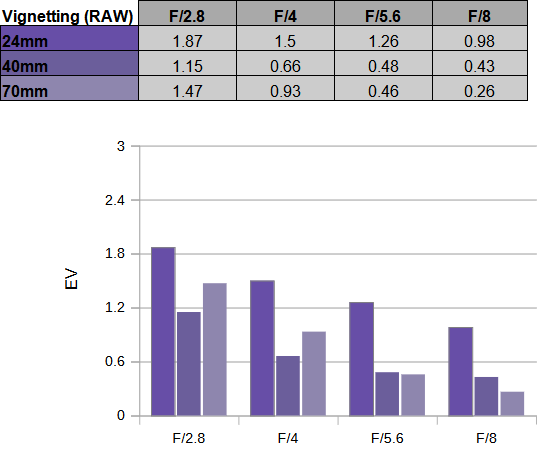 Auto-correction works pretty well by reducing the light falloff down to around 0.4-0.6EV. This is barely visible.
Auto-correction works pretty well by reducing the light falloff down to around 0.4-0.6EV. This is barely visible.
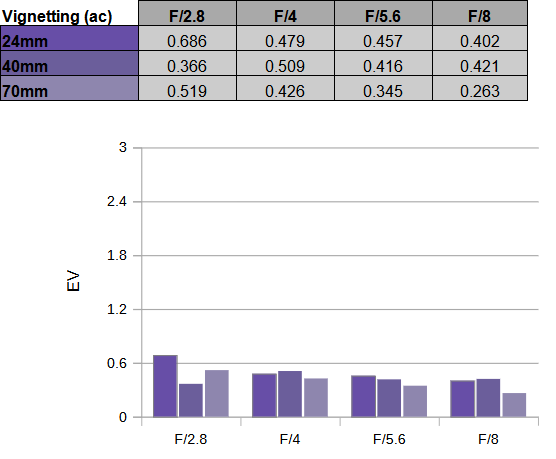
MTF (resolution at 42 megapixels)
The image resolution ... well ... it's not all that impressive, especially at 24mm. The center sharpness is pretty awesome, straight from f/2.8 here. However, there isn't much border/corner resolution to speak of at f/2.8. Stopping down to f/5.6 improves the border quality, but the corners remain somewhat soft. This is very different at 40mm. The broader center quality remains great, but the outer image field is quite usable at f/2.8 already. Stopping down boosts the borders/corners with a very good peak quality reached between f/5.6 and f/8. The performance drops again at the long end, including in the image center, which makes it across the very good mark at f/2.8. The outer image field is quite ... meh ... at this setting. The border quality is pretty good at medium apertures, and the corners are acceptable.
Please note that the MTF results are not directly comparable across the different systems!
Below is a simplified summary of the formal findings. The chart shows line widths per picture height (LW/PH), which can be taken as a measure of sharpness.
If you want to know more about the MTF50 figures, you may check out the corresponding Imatest Explanations

Chromatic Aberrations (CAs)
Lateral CAs are fairly high, with an average width of more than 2.3px at the image borders at the extreme ends of the zoom range. Stopping down reduces the issue slightly.
That being said - image auto-correct will reduce all this anyway.

Bokeh (out of focus blur)
Samyang emphasizes that the quality of the bokeh is especially good with the lens. We tend to agree to some degree, at least.
Out-of-focus highlights are very nicely rendered with a clean inner disc and marginal outlining. This is rare in a standard zoom lens. The more edgy aperture shape creeps in from f/5.6.
 When looking at the highlight render across the whole image field, the circular shape is broadly maintained except for the image corners, where mechanical vignetting results in a cut-off effect. Stopping down to f/4 doesn't really improve this much but it's better at f/5.6.
While the highlight characteristic is promising, the quality of the general blur is a bit of a mixed bag. The foreground blur (shown to the right below) is very silky, but the more critical background blur (shown to the left) is unsymmetrical.
When looking at the highlight render across the whole image field, the circular shape is broadly maintained except for the image corners, where mechanical vignetting results in a cut-off effect. Stopping down to f/4 doesn't really improve this much but it's better at f/5.6.
While the highlight characteristic is promising, the quality of the general blur is a bit of a mixed bag. The foreground blur (shown to the right below) is very silky, but the more critical background blur (shown to the left) is unsymmetrical.

Bokeh Fringing / LoCA
Boheh fringing (also called LoCA) is an axial color fringing effect with purplish halos in front of the focus point and greenish beyond.
The Samyang lens produced strong fringing at f/2.8, and it's still quite obvious at f/4. It's mostly gone from f/5.6 onward.
Sun Stars (Experimental)
Below is a sequence of cropped images from 24mm f/2.8 all the way up to f/16 - illustrating the sun star behavior. Sun stars are an aperture effect that shows up if a bright light source is part of the scene (usually in night shots) - here, formally illustrated using an LED as a light source.
At f/2.8, the Samyang produces some "freak" light rays around the light source, which fan out at f/4 and f/5.6. At f/8, "true" sun stars develop and are best at f/11 and f/16.
Flare
All lenses struggle to a certain degree when shooting directly into a strong light source, and it's difficult to quantify this in numbers.
Below is a sample image taken at a medium aperture to give you an idea. We'd say that the lens handles this difficult scene quite nicely, with just a few flare artifacts.

Sample Images
Click on an image to download the full-size variant.
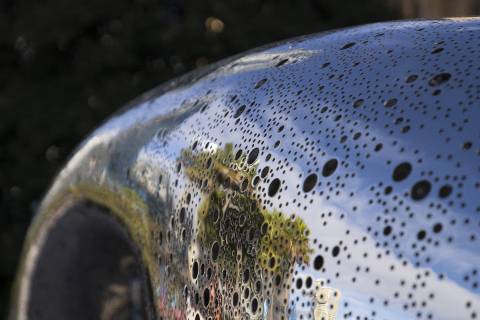 |
| Make | SONY |
| Model | ILCE-7RM5 |
| ISO Speed | 200 |
| Focal Length | 70.0mm |
| Aperture: | f/2.8 |
| Exposure | 1/2000s |
 |
| Make | SONY |
| Model | ILCE-7RM5 |
| ISO Speed | 200 |
| Focal Length | 70.0mm |
| Aperture: | f/8.0 |
| Exposure | 1/640s |
 |
| Make | SONY |
| Model | ILCE-7RM5 |
| ISO Speed | 200 |
| Focal Length | 24.0mm |
| Aperture: | f/8.0 |
| Exposure | 1/800s |
 |
| Make | SONY |
| Model | ILCE-7RM5 |
| ISO Speed | 200 |
| Focal Length | 31.0mm |
| Aperture: | f/5.6 |
| Exposure | 1/1600s |
 |
| Make | SONY |
| Model | ILCE-7RM5 |
| ISO Speed | 200 |
| Focal Length | 24.0mm |
| Aperture: | f/9.0 |
| Exposure | 1/400s |
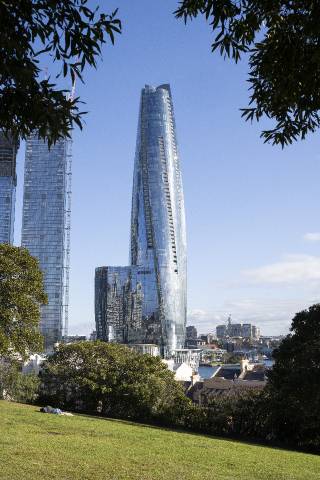 |
| Make | SONY |
| Model | ILCE-7RM5 |
| ISO Speed | 200 |
| Focal Length | 37.0mm |
| Aperture: | f/11.0 |
| Exposure | 1/250s |
 |
| Make | SONY |
| Model | ILCE-7RM5 |
| ISO Speed | 800 |
| Focal Length | 24.0mm |
| Aperture: | f/2.8 |
| Exposure | 1/30s |
 |
| Make | SONY |
| Model | ILCE-7RM5 |
| ISO Speed | 800 |
| Focal Length | 70.0mm |
| Aperture: | f/2.8 |
| Exposure | 1/125s |
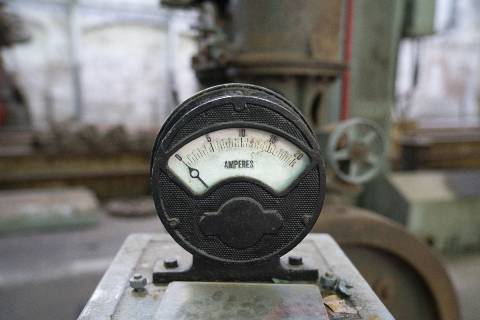 |
| Make | SONY |
| Model | ILCE-7RM5 |
| ISO Speed | 800 |
| Focal Length | 34.0mm |
| Aperture: | f/2.8 |
| Exposure | 1/30s |
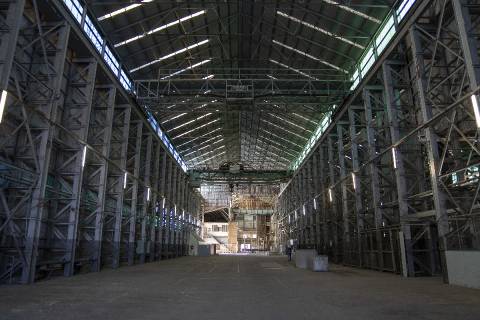 |
| Make | SONY |
| Model | ILCE-7RM5 |
| ISO Speed | 800 |
| Focal Length | 24.0mm |
| Aperture: | f/2.8 |
| Exposure | 1/125s |
 |
| Make | SONY |
| Model | ILCE-7RM5 |
| ISO Speed | 800 |
| Focal Length | 70.0mm |
| Aperture: | f/2.8 |
| Exposure | 1/20s |
 |
| Make | SONY |
| Model | ILCE-7RM5 |
| ISO Speed | 200 |
| Focal Length | 44.0mm |
| Aperture: | f/8.0 |
| Exposure | 1/500s |
Competition
Given its price tag, comparing the Samyang AF 24-70mm f/2.8 FE (shown to the left below) with Sony's high-end offering is probably unfair.
The two natural competitors are the Sigma 24-70mm f/2.8 DG DN ART (to the left) and the Tamron 28-75mm f/2.8 G2 (center).
The unfortunate truth is that the Samyang is worse than both of them. However, it may be the more desirable option when it comes to video due to its par-focal handling and decent bokeh.
 Visual comparison courtesy of camerasize.com.
Visual comparison courtesy of camerasize.com.
Verdict
The Samyang AF 24-70mm f/2.8 FE has its merits, but its resolution characteristic is, overall, sub-standard. This is especially true at the wide end, where the outer image field is just not sharp enough to compete with the big boys. Sure, it's not terrible when stopping down, but what is the point of buying a f/2.8 lens then? It's actually very good in the middle range, whereas the quality at 70mm is also not that hot again. This may still be OK on 24-megapixel sensors, but beyond that, it's just not good enough. This is a bit unfortunate because the lens handles the secondary aspects rather well. The RAW image distortions are on a sane level, and the RAW vignetting is better than average. The quality of the bokeh is also quite good for a standard zoom lens. Lateral and axial CAs are a bit on the high side, though.
The mechanical quality of the Samyang lens is excellent (other than the poor lens hood) and on par with the Sigma 24-70mm f/2.8 ART, for example. However, it is also way too heavy for what it is. The AF speed is very fast (on modern Sony bodies).
The mechanical quality is one thing, but QA is another one. Based on what we've seen in the past, Samyang has often struggled with providing well-centered lenses (centering = optical alignment), and the tested sample was, once again, not ideal in this respect. As long as Samyang doesn't take this more seriously, we have doubts that complex zoom lenses are a good idea for them.
As you may have concluded, we are not overly impressed - overall, the Samyang AF 24-70mm f/2.8 FE is just too heavy and too flawed.
Optical Quality (42 megapixel):
★★★★★
Mechanical Quality:
★★★★★
What does this mean ?
|
|